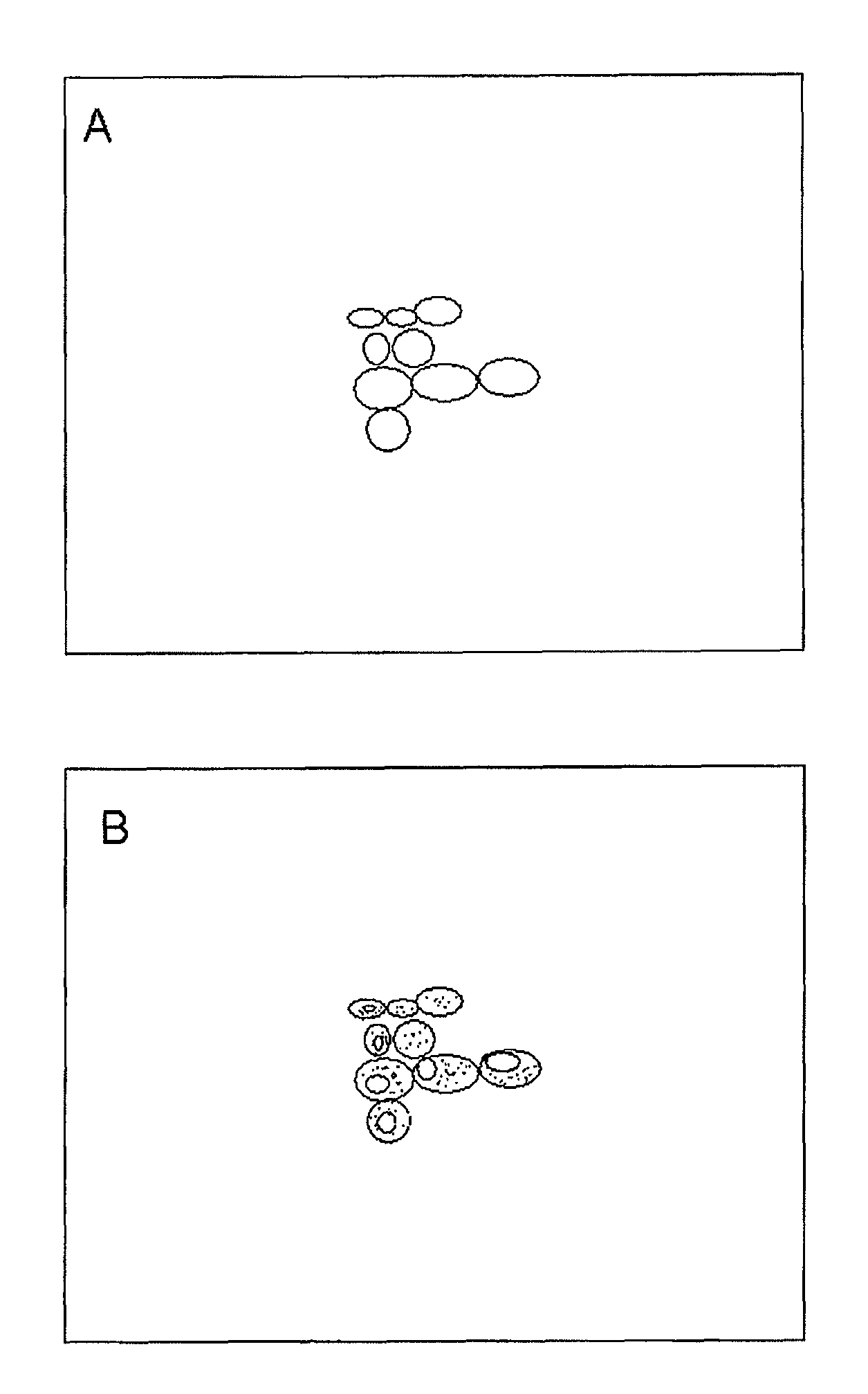Use of therapeutically effective lipids and method for producing organ-/tissue-specific therapeutically effective lipids
a technology of therapeutically effective lipids and lipids, which is applied in the direction of anti-noxious agents, peptide/protein ingredients, instruments, etc., can solve the problems of inability to predict, difficult local application in parenchymatous organs such as liver, hearth, and brain, and achieves little or no side effects, good clinical
- Summary
- Abstract
- Description
- Claims
- Application Information
AI Technical Summary
Benefits of technology
Problems solved by technology
Method used
Image
Examples
example
[0024]Exemplary enrichment of anti-inflammatory phospholipids in hepatocytes for suppressing inflammation of the liver.
[0025]Complex lipids, such as phosphatidyl choline (PC) per se, cannot be absorbed into the cells. The absorption occurs in the form of lyso-phospholipids which are bonded covalently to a ligand, such as bile acid or asialoglyco-protein, absorbed via bile acid transporters (for example NTCP) at the basolateral plasma membrane of the hepatocytes into the cytoplasm space of the cells. For this purpose, for example lyso-phosphatidyl choline (LysoPC) can be bonded covalently to bile acid, for example to deoxycholate (DOCA.) However, the synthesis of a coupled lysophospholipid-DODC-compound with lyso-phosphatidyl ethanolamine (LysoPE) is chemically much more beneficial. The following reaction can be realized, for example: First the carboxyl group of UrsoDOCA is converted to an active ester by a carbodiimide. Then bonding occurs to LPE. This head-group configuration allow...
PUM
| Property | Measurement | Unit |
|---|---|---|
| concentration | aaaaa | aaaaa |
| mass | aaaaa | aaaaa |
| concentrations | aaaaa | aaaaa |
Abstract
Description
Claims
Application Information
 Login to View More
Login to View More - R&D
- Intellectual Property
- Life Sciences
- Materials
- Tech Scout
- Unparalleled Data Quality
- Higher Quality Content
- 60% Fewer Hallucinations
Browse by: Latest US Patents, China's latest patents, Technical Efficacy Thesaurus, Application Domain, Technology Topic, Popular Technical Reports.
© 2025 PatSnap. All rights reserved.Legal|Privacy policy|Modern Slavery Act Transparency Statement|Sitemap|About US| Contact US: help@patsnap.com


